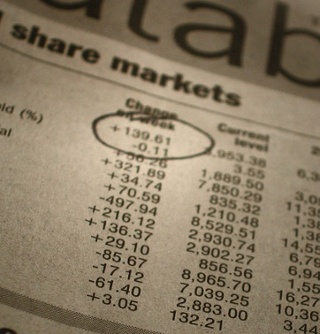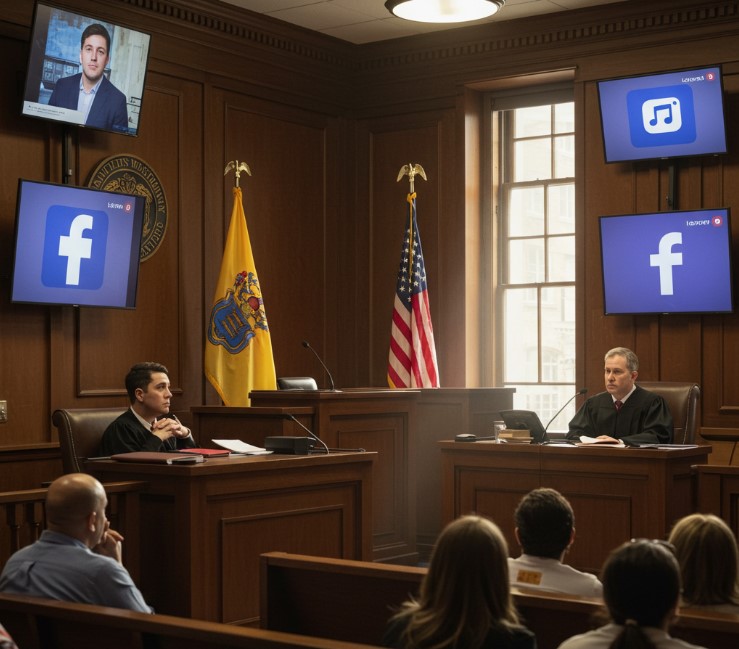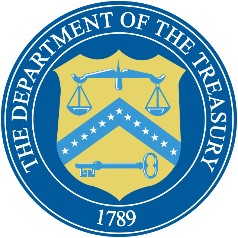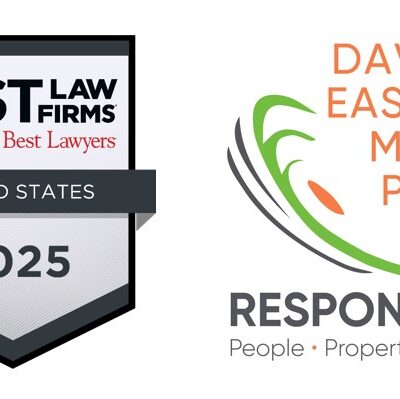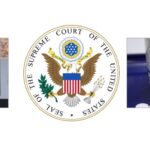A form of fraudulent stock broker activity called “excessive trading” or “churning” may contribute to high commissions, low overall returns, unmanaged margin interest costs, and “break-even” percentages that exceed a reasonably accepted historical rate of return for the market. Churning is an illegal and unethical trading activity that violates numerous laws, including SEC Rules and the regulations of the Financial Industry Regulatory Authority (FINRA), a self-regulatory securities organization.
Whether the account is discretionary, or non-discretionary, “excessive trading” is a violation of a broker’s duty to act in the best interest of the client. (See, FINRA Regulatory Notice 11-02,Know Your Customer and Suitability) Excessive trading is typically measured in terms of a combination of an account’s “turnover rate”, and its “break-even” or “costs-to-equity” ratio.
For many years turnover rates have been used to support claimants’ churning cases. See R. H. Johnson Co., 36 S.E.C. 47 (1956); R.H. Johnson v. S.E.C. 231 F.2d 528 (1956), and In re Looper and Co., 38 S.E.C. 294 (1958). Analysis of the turnover rates address the question of whether the client’s best interest was served by the alleged excessive trading activity.
FINRA Regulatory Notice 12-25, Additional Guidance on FINRA’s New Suitability Rule, approved by the Securities and Exchange Commission (SEC) in November 2010 codifies excessive trading under FINRA Rule 2111:
“Turnover rates between three and six may trigger liability for excessive trading. See Cody, 2011 SEC LEXIS 1862, at *48 (finding turnover rate of three provided support for excessive trading); Dep’t of Enforcement v. Stein, No. C07000003, 2001 NASD Discip. LEXIS 38, at *17 (NAC Dec. 3, 2001) (“Turnover rates between three and five have triggered liability for excessive trading”). A turnover rate greater than six creates a presumption that the trading was excessive. See Craighead v. E.F. Hutton & Co., 899 F.2d 485, 490 (6th Cir. 1990); Arceneaux v. Merrill Lynch, Pierce, Fenner & Smith, Inc., 767 F.2d 1498, 1502 (11th Cir. 1985).”
The “cost-to equity” ratio measures the cost of trading in the account and is useful to determine the degree to which the account would reasonably cover trading costs. However, given that an investor generally earns some return on a portfolio, a “new” excessively traded account must be shown to have no reasonable chance of returning more than the original in order to cover excessive trading costs.
By means of illustration, if one were to assume a certain theoretical historical rate of return for the market (i.e., between 10-11% annually), trading that generates commissions (and other costs) in that same amount means that practically all of an investor’s return (assuming they earn the theoretical historical return) is credited to commissions and costs going towards paying those costs, and therefore is not realized or gained by the investor.
The Scope of Excessive Account Trading Activity
Is the remedy for “churning” only applicable to stock accounts? Hardly – financial accounts that include bonds, mutual funds or other long term investment (including insurance related) vehicles are also available to broker excessive trading, switching, and/or churning.
The Typical Analysis of a Potential Claim
The elements of broker misconduct required for a claim include:
- Control; discretionary or de facto (See FINRA RULE 2111.05)
- Excessive trading in size and frequency. One example of this activity is known as “in-and-out” trades.
- “Scienter” – the intent to act fraudulently or not in the “best interests” of the client. The attorney will be instrumental in establishing that the offending broker acted in this manner.
The Participation by an Industry Expert
If an account is suspected to have been “churned”, a sufficient amount of time is needed to properly prepare the claim for prosecution before initiating a cause of action. A careful and time consuming analysis of various information, including but not limited to, brokerage statements, trade confirms, account opening documents and performance reports is required. A financial industry expert is required to identify the commissions, trading costs, margin interest charges (if any), bid-ask costs, potential short-term or long-term capital gains, solicited or non-solicited trade status, year-over-year performance results, deposits to and withdrawals from the account – or any additional information to re-construct the trading history of the account.
“Churning” cases are time-consuming for an expert to prepare because of the volume of material typically needed to interpret these documents and compute the various ratios from brokerage statements that are often a complete mystery to the client. Dates of meetings, phone calls, e-mails, and all written correspondence are valuable elements in preparing the potential damages claim. The skill and knowledge of the attorney is vital in uncovering and identifying those elements to prepare a sound and logical case.
Therefore, an attorney investigating whether “churning” has occurred should be careful to get an early start in selecting an expert, and in initiating what forensic analysis the expert will need to perform. A recommended step before proceeding with a formal claim is to have the expert prepare a preliminary report upon which the case may be positioned for an arbitration or mediation claim.
The attorney along with an experienced expert witness will need to identify and compute a legitimate damage claim. There are several methods to consider, depending on the facts presented, supporting case law, and realized losses in the account. The preparation of a final report should not be relegated to the faint of heart or an expert with marginal technical expertise and financial industry inexperience.


